Kingdom Animalia Class Mammalia Family Vespertilionidae Scientific name Lasiurus cinereus semotus | Phylum Chordata Order Chiroptera Genus Lasiurus Rank Subspecies | |
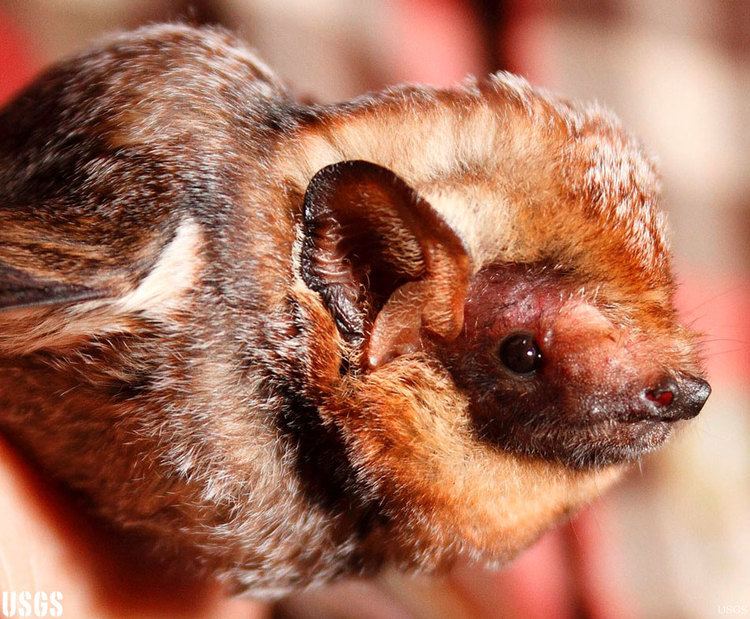 | ||
Similar Hoary bat, Lasiurus, Hawaiian hawk, Newell's shearwater, Hawaiian petrel | ||
Release of hawaiian hoary bat
The Hawaiian hoary bat or ʻōpeʻapeʻa (Lasiurus semotus) is an endangered species of hairy-tailed bat (family Vespertilionidae) that is endemic to the Hawaiian Islands. Until 2015, they were considered a subspecies of the hoary bat, the most widespread bat in the continental United States. However, recent molecular research has shown that they form a distinct species. Since the continental hoary bat is also found on the islands, the Hawaiian hoary bat is now one of just three species of mammal that is endemic to the islands, the third being the Hawaiian monk seal. It is a federally listed endangered taxon of the United States.
Contents
- Release of hawaiian hoary bat
- Scientists reveal origins of hawaiian hoary bat
- Description
- Habitat and range
- Conservation
- References
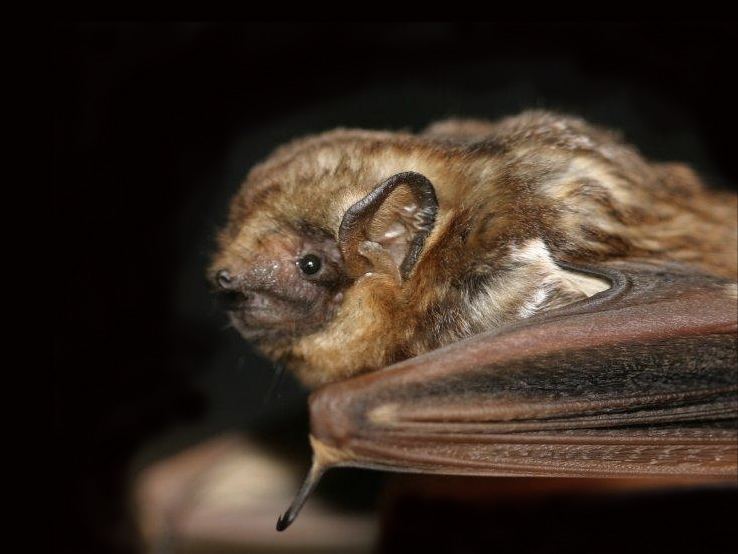
Scientists reveal origins of hawaiian hoary bat
Description
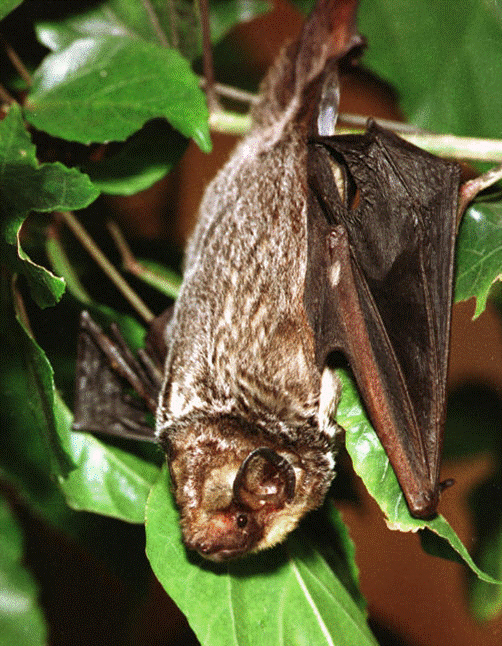
The common name of the hoary bat was inspired by the hoary or "frosty" appearance of its fur, which is brown but frosted white on its back. The Hawaiian name, ʻōpeʻapeʻa ("half-leaf"), refers to the outline of the bat's body, which is shaped like half a taro leaf. The Hawaiian hoary bat weighs 14 to 18 g (0.49 to 0.63 oz). The female is larger than the male, with a wingspan of approximately 10.5 to 13.5 in (27 to 34 cm). It is a nocturnal insectivore. Relatively little is known about the life history of the species.
Habitat and range
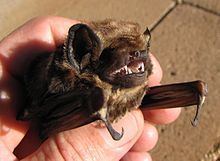
The fossil record indicates that the Hawaiian hoary bat was once present on the islands of Hawaiʻi, Molokaʻi, Maui, Oʻahu, and Kauaʻi, but documented breeding remains only Hawaiʻi and Kauaʻi. The complete loss of the bat from Oʻahu may have been caused by habitat loss as the human population grew in the 19th century, possibly hastened by pesticide use.
Conservation
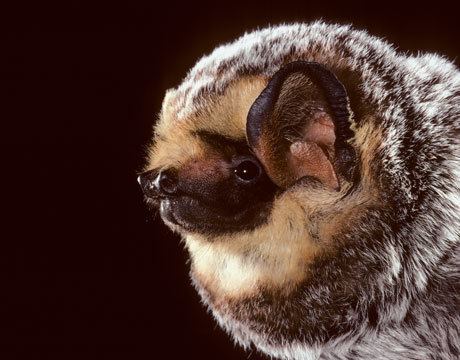
In 1970, the ʻōpeʻapeʻa was listed as an endangered species under the Endangered Species Conservation Act of 1969, which was later replaced by the Endangered Species Act of 1973. An "endangered species" is any species or subspecies that is "in danger of extinction throughout all or a significant portion of its range." The exact number of Hawaiian hoary bats is unknown, and the addition of the species to the list seems to have been precautionary.
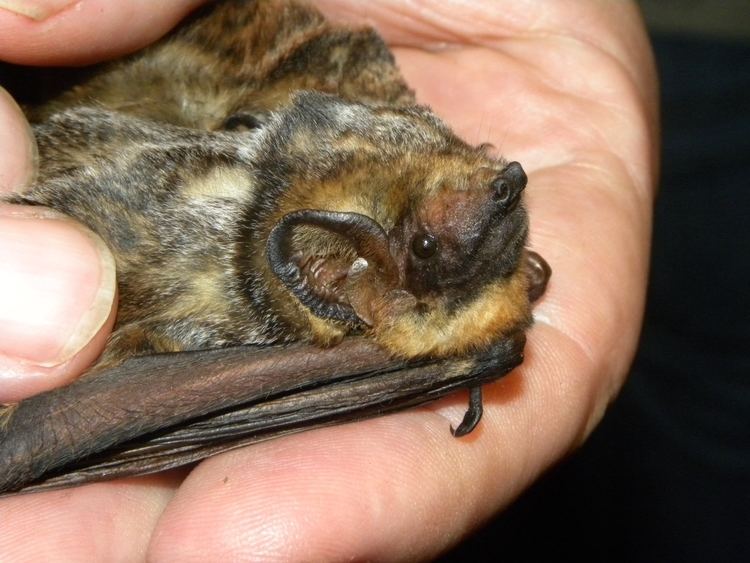
The United States Fish and Wildlife Service has approved a recovery plan for the Hawaiian hoary bat. The goal is to move the bat from endangered to threatened status.
According to the recovery plan, populations of the bat must increase for at least five consecutive years on all islands where it is present before it can be downlisted. A promising method of estimating the population is to monitor the bats' echolocation calls. Because this is the only known bat in Hawaii, any bat echolocation signals heard and recorded come from this subspecies, and this monitoring method does not interfere with the animal.
Surveys indicate that the bat is opportunistic and can forage over many habitat types, including native and non-native vegetation and the open ocean.
